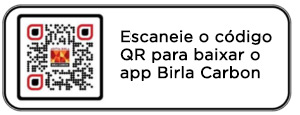Estabelecendo uma parceria com você para criar colaborativamente soluções eficientes
Os plásticos devem ser resistentes à perda de cor, duráveis e, em alguns casos, altamente condutivos. Muitos plásticos de uso final dependem das propriedades exclusivas do negro de fumo para oferecer todas essas características de desempenho. Em algumas aplicações plásticas, no entanto, uma característica de desempenho se destaca como prioridade na definição do resultado desejado. Seja qual for sua necessidade, nossos especialistas técnicos o ajudarão a encontrar a solução certa a partir de nosso espectro completo de negros de fumo especiais Raven e Conductex.
RECURSOS DE DESEMPENHO

COR
Os negros de fumo Raven de área superficial alta, média ou baixa são incorporados durante a produção de concentrados ou compostos para conferir o nível desejado de profundidade de cor ou coloração em peças plásticas produzidas por moldagem, extrusão ou outros processos.

PROTEÇÃO
Ao converter a radiação UV em calor, nossos negros de fumo Raven protegem os polímeros, como poliolefinas e resinas de engenharia, da degradação que, de outra forma, ocorreria devido à absorção da radiação. Essa resistência à absorção de UV da exposição à luz solar contribui para melhorar a resistência às intempéries e aumentar a vida útil do seu produto plástico.

CONDUTIVIDADE
Se você necessita semicondutividade para a blindagem de cabos de alimentação ou dissipação eletrostática para eletrônica sensível, nossos negros de fumo Conductex fornecem os níveis apropriados de condutividade para uma série de aplicações de plástico.






